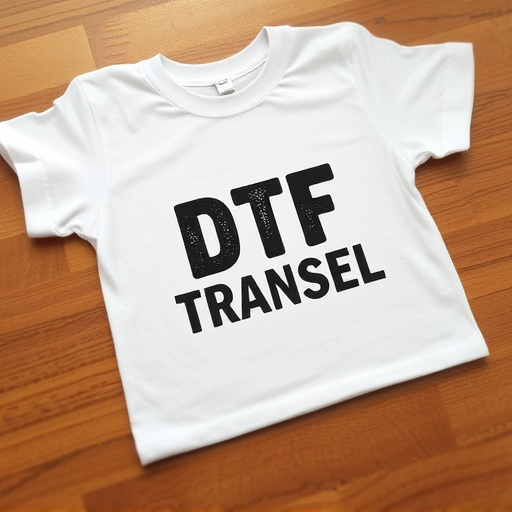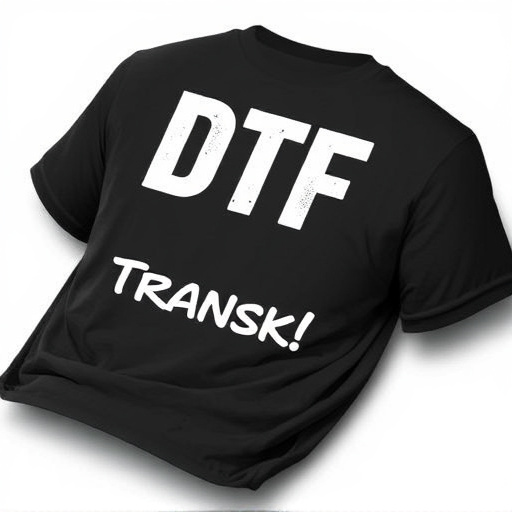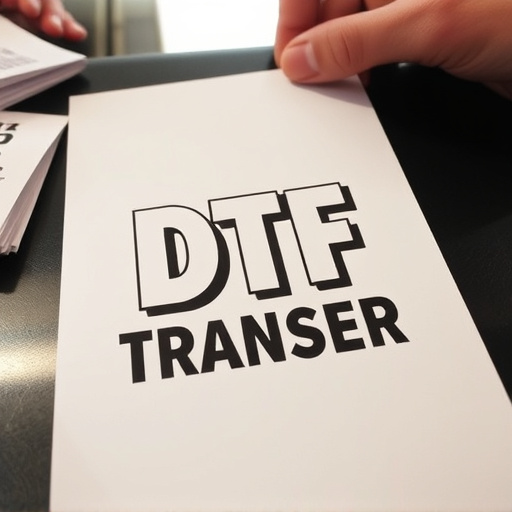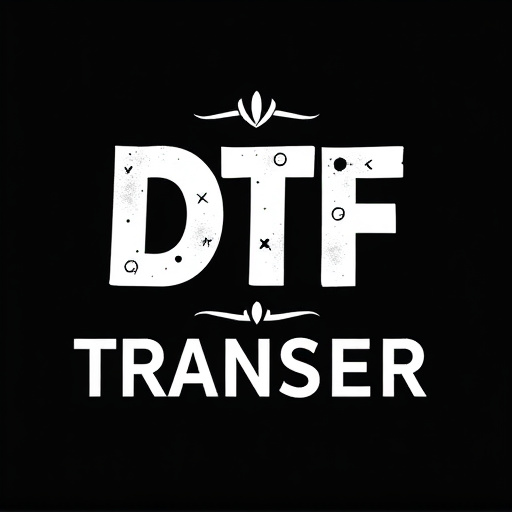Discover the art of direct-to-film (DTF) printing, a game-changing technology revolutionizing the way we capture and reproduce visuals. This article explores the highest quality DTF transfer options available in the market, delving into key factors like resolution and color accuracy that define superior print outcomes. From understanding the fundamentals to choosing the right service provider, get ready to navigate the vibrant landscape of DTF printing.
- Understanding Direct-to-Film (DTF) Printing: A Brief Overview
- Key Factors in Determining Quality: Resolution and Color Accuracy
- Market Leaders in DTF Printing Technology
- Material Considerations for Superior Print Outcomes
- Applications and Benefits of High-Quality DTF Transfers
- Choosing the Right Service Provider: Tips and Best Practices
Understanding Direct-to-Film (DTF) Printing: A Brief Overview
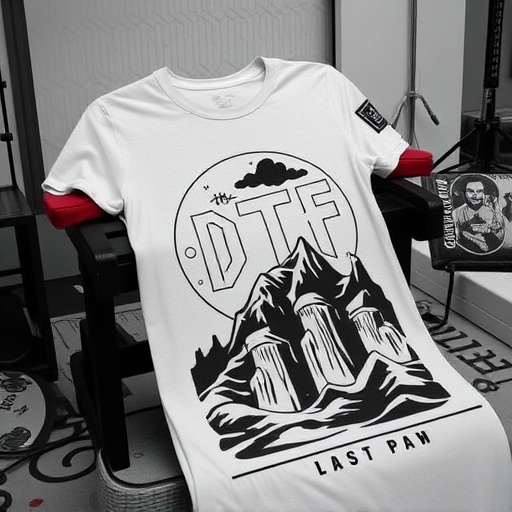
Direct-to-Film (DTF) Printing is a cutting-edge technology that has revolutionized the way we reproduce and enhance films, photographs, and artwork. Unlike traditional printing methods, DTF eliminates the need for intermediate steps by applying pigment directly onto the film’s surface. This process ensures an incredibly detailed and vibrant end product with exceptional color accuracy and resolution.
DTF Printing offers a game-changer for professionals in various industries, such as cinema, photography, and fine art. By enabling high-quality, direct transfers onto various media, it provides a convenient and precise way to create prints that are indistinguishable from the original source material. This technology is especially beneficial for those seeking to preserve and share cinematic experiences or reproduce artistic visions with remarkable fidelity.
Key Factors in Determining Quality: Resolution and Color Accuracy
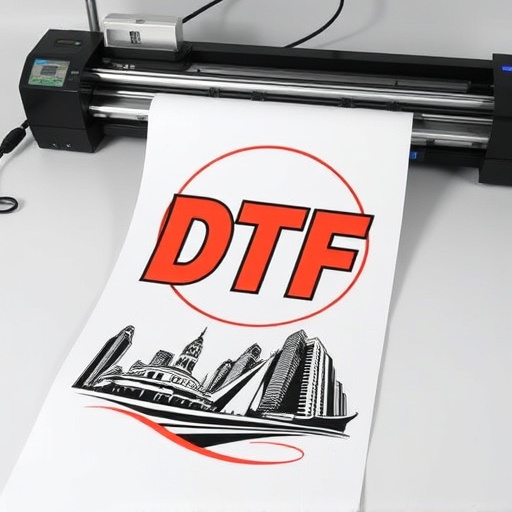
When assessing the quality of a direct-to-film (DTF) printing service, two critical factors stand out: resolution and color accuracy. Resolution refers to the sharpness and detail of the image, measured in pixels per inch (PPI). A higher PPI indicates a more detailed and crisp image, crucial for preserving fine lines, textures, and intricate patterns often found in high-quality films.
Color accuracy is equally important, ensuring that the printed result accurately represents the original film’s colors. This includes maintaining the right hue, saturation, and brightness levels, as well as achieving accurate color reproduction across different types of ink and printing technologies. Advanced DTF Printing services utilize advanced calibration techniques and high-end equipment to achieve these standards, guaranteeing a visually stunning and authentic transfer that captures the essence of the original film.
Market Leaders in DTF Printing Technology
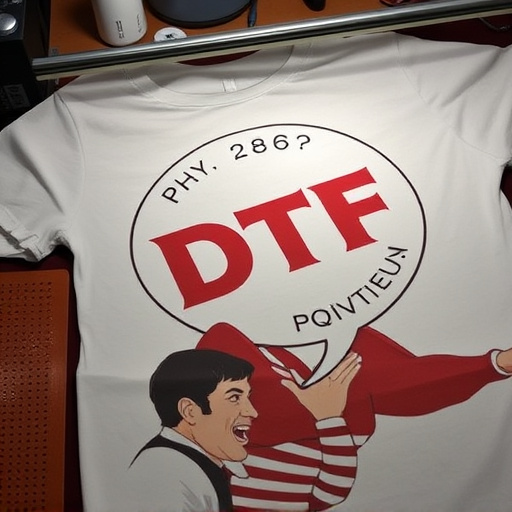
Material Considerations for Superior Print Outcomes

When considering direct-to-film (DTF) printing, material choices play a pivotal role in achieving superior print outcomes. The substrate, or the material being printed on, significantly influences the final product’s quality, durability, and aesthetic appeal. High-quality DTF printers utilize specialized materials designed to accommodate the unique requirements of this printing method. These materials often include advanced inks, precise coatings, and robust backings that ensure optimal performance during the printing process.
Selecting the right material is crucial for achieving vibrant colors, sharp details, and a durable finish. For outdoor applications or long-term displays, weather-resistant and UV-protective coatings are essential to prevent fading and degradation. Conversely, for indoor use, materials with high resolution and fine line details can produce intricate and detailed prints. Understanding the intended use case and choosing materials accordingly ensures that DTF Printing delivers exceptional results tailored to specific needs.
Applications and Benefits of High-Quality DTF Transfers

High-quality Direct-to-Film (DTF) transfers offer a range of applications across various industries, from printing and packaging to signage and advertising. These advanced printing techniques enable businesses to produce vibrant, accurate, and durable prints directly on various materials like plastic, metal, glass, and more. The benefits are numerous: improved visual appeal, cost-effectiveness for large-scale production, faster turnaround times, and enhanced product protection through robust coating options.
In today’s market, DTF Printing has become a game-changer for brands seeking to create impactful marketing collateral. It allows for complex designs, intricate details, and photo-realistic images that capture attention and leave lasting impressions. Moreover, the direct application method reduces wastage and simplifies the manufacturing process, making it an eco-friendly and efficient solution for businesses looking to make a strong visual impact without compromising on quality.
Choosing the Right Service Provider: Tips and Best Practices









